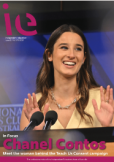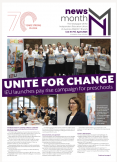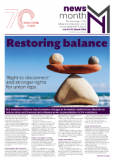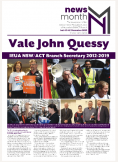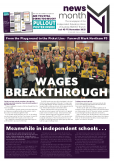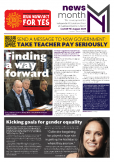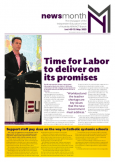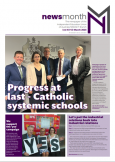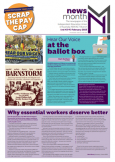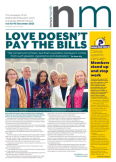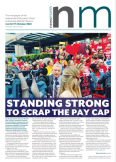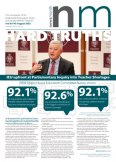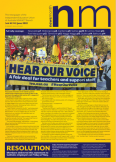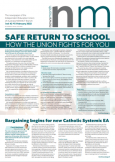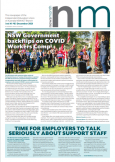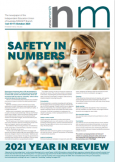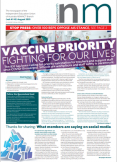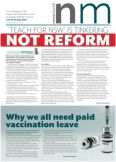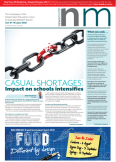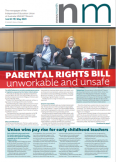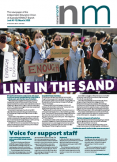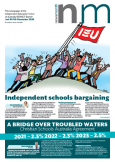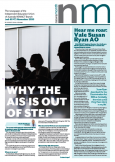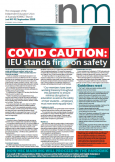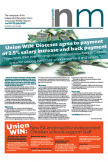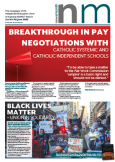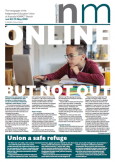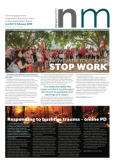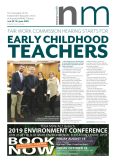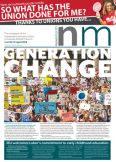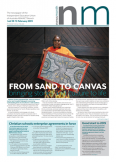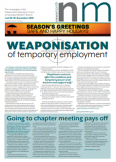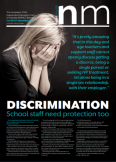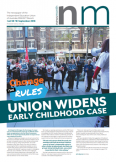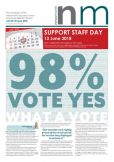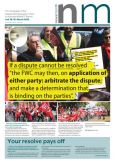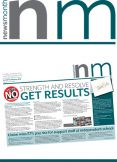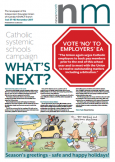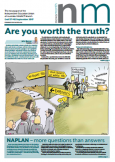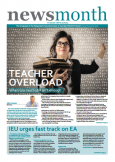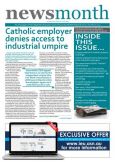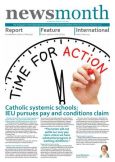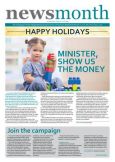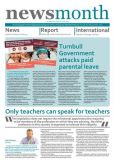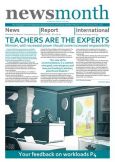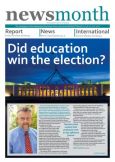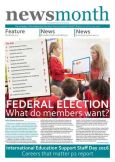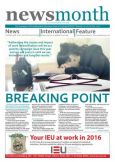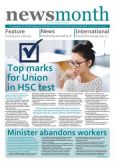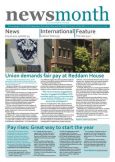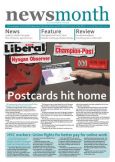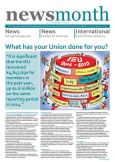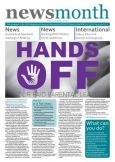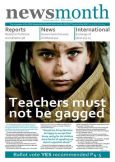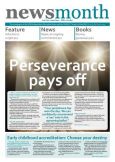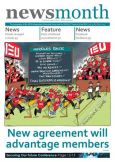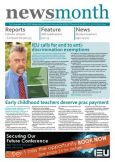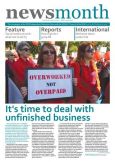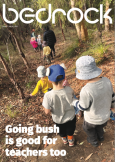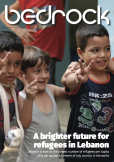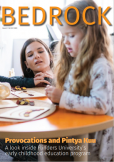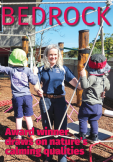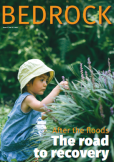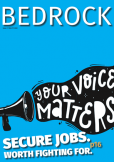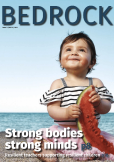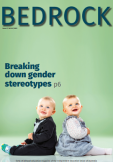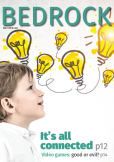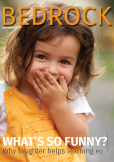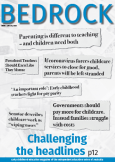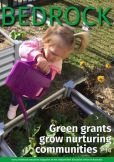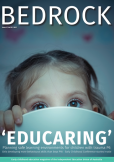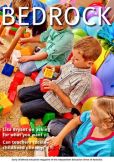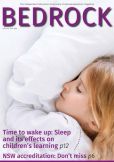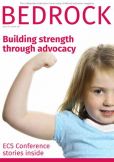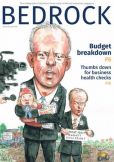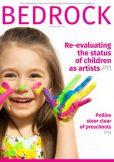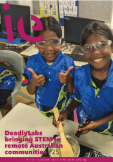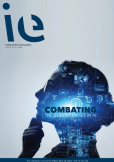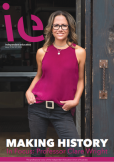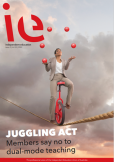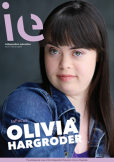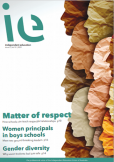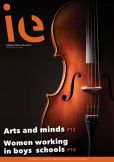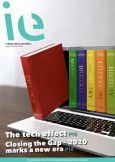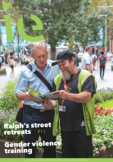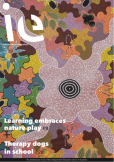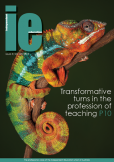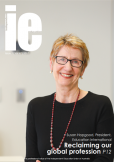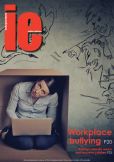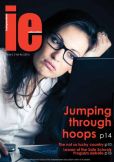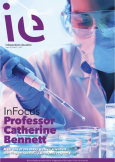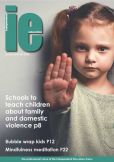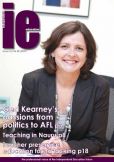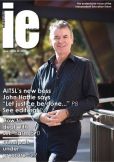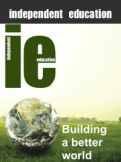
There’s a need for more books featuring strength-based representations of people with a disability, journalist Emily Campbell writes.
Children’s books are powerful tools which allow developing young minds to make sense of their own and others’ experiences and perspectives.
However, children’s books featuring main characters who have a disability are few and far between.
Diversity and inclusion
Researchers acknowledge that children’s literature is a powerful influence on the social construction of perceptions and narratives, so it is critically important all children see themselves represented in the books in their classrooms (Hayden & Prince, 2020).
Generally, early childhood education teachers are excellent at bearing this in mind as they use their own personal experiences and professional judgement when considering which stories to stock their kindergarten shelves with.
Books, movies and other media representing the experiences of marginalised groups are increasingly available and have been crucial in highlighting diversity and equity needs in terms of racial, cultural, gender, sexuality and socioeconomic difference (Hayden & Prince, 2020).
Including such literature helps foster and maintain an inclusive program that promotes equity, celebrates inclusion, champions diversity and encourages each child to reach their full potential, in line with the principles underpinning Australia’s National Quality Framework (ACECQA, 2020).
Despite this, research demonstrates strength-based views of characters with a disability are rare in children’s picture books, meaning children with a disability scarcely see themselves reflected in the stories they read.
Even the few children’s picture books which do feature a character with a disability may reinforce limiting, ableist stereotypes and perpetuate misconceptions about people who have a disability and their lives (Hayden & Prince, 2020).
This presents a challenge for early childhood education teachers who may find it difficult to source children’s books which include strength-based representations of disabilities or may be unsure of which books are appropriate.
Strength-based views
Disability advocates argue representing characters with disabilities in strength-based ways in children’s literature is of utmost importance and key to debunking ableist myths.
Ableism is discrimination and prejudice against those with a disability and occurs when members of the ‘dominant, typically-developing culture enact perceptions that “maintain biases and myths” (Myers & Bersani, 2008 cited in Hayden & Prince, 2020), resulting in inequitable treatment of people with disabilities’.
By contrast, strength-based views can be defined as representation which recognises people as causal agents in their own lives and focuses first on “what each person is able to do and to be” (Shogren et al., 2017 cited in Hayden & Prince, 2020), which removes thresholds for inclusion, emphasising the capacities of all people in any environment.
Strength-based views are a powerful and positive counterweight to ableism, recognising a person as a whole individual who is not to be defined by their disability, which is just one aspect of a person’s life or body.
When children’s books feature strength-based representations of main characters with disabilities, it helps young children form narratives that refute ableist beliefs and social stigma (Hayden & Prince, 2020).
One in five students has a disability
According to NCCD results, 20.3 percent of school students in Australian classrooms in 2020 had either a physical, cognitive, sensory or social-emotional disability or a combination of these (ACARA, 2020).
Given the scarcity of children’s books featuring characters with a disability, this means the one in five Australian students are not seeing themselves or their experiences adequately reflected in the literature they read as young children.
This is extremely disheartening, as a significant segment of children are missing out on literature which promotes attitudes of acceptance, encourages inclusion and teaches typically developing students about disability from an early age.
Experts agree there is an urgent need for more children’s literature which presents people with a disability as being empowered, able to live fulfilling lives and which pushes back against harmful, cliched and ableist stereotypes.
Recent research
A recent study by Hayden and Prince (2020) undertook qualitative content analysis of 34 children’s picture books published in America, which featured a main character with a disability, to examine how each of the books disrupted ableist views explicitly and implicitly.
In the sample, the authors noted low occurrence disabilities such as visual impairment were more frequently represented than high incidence disabilities such as a specific learning disability.
For example, only one book featured a main character with specific-learning disability (SLD) despite students with SLD representing the largest percentage of students who received special education services in America during 2017-2018 (US Dept of Education, 2020).
Characters with autism spectrum disorder (ASD) and orthopaedic impairment (OI) were each depicted in seven of 34 books, although students receiving special education for ASD account for 10 percent of the school-aged population and students with OI less than 1 percent.
The researchers identified this as problematic because the representation of characters with disabilities in the books analysed did not reflect the disability prevalence in the population of the books’ target audience.
Furthermore, students of colour in the USA are drastically overrepresented as needing special education services, although half of the main characters in the sample of books were white.
Key findings
According to the authors, the six books which scored a most highly in terms of strength-based representation and disruption of ableist myths had several things in common:
- All six main characters demonstrated agency, self-acceptance and self-awareness, with storylines addressing specific misconceptions and myths.
- The books disrupted ableist myths about disability and provided the reader with tools to push back against both implicit and explicit stereotyping, teasing and bullying.
- Characters change, grow and develop throughout the narratives.
- The three books featuring low-incidence disabilities initiate avenues for agentive conversations about disability, and for honesty about the way disability is often perceived and responded to by able-bodied people.
- When characters were exposed to unkind ableist actions, those with a disability presented strength-based counter stories.
- All six books prompted opportunities for discussion of agency and growth mindset, personal challenges every child faces.
Conclusion
Children’s literature has the capacity to shape young minds, which is why young children must be exposed to literature featuring strength-based views of disability from a young age.
The sole presence of a disabled person in a children’s storybook is tokenistic and inadequate.
Including children’s picture books with positive, strength-based representations of disability in their literacy instruction, is a key way early childhood education teachers will help tackle ableism head on and help progress towards a more inclusive, equitable society.
Early childhood education teachers with an interest in disability representation in children’s books are strongly encouraged to read the full study by Hayden and Prince.
References
Distribution of students with disability by level of adjustment and category of disability, as a percentage of total student population, Australia 2020, NCCD, viewed 10 April 2021, Available at: https://bit.ly/3upOdy0
Guide to the NQF: https://bit.ly/3vOrtYE
Hayden, H and Prince, A, 2020, Disrupting ableism: Strengths-based representations of disability in children’s picture books, Journal of Early Childhood Literacy.

